Imagine wading through a tropical tide pool, marveling at colorful shells, when suddenly you realize that one of those unassuming beauties is a deadly hunter. This is no ordinary snail. Meet the cone snail—a creature so astonishing, it turns the gentle image of a snail upside down. With harpoons sharper than needles and venom potent enough to stop a heart, the cone snail is one of the ocean’s most surprising predators. Its methods are as cunning as they are chilling, and its beauty hides a story that feels almost otherworldly.
A Silent Predator Lurking in the Sand
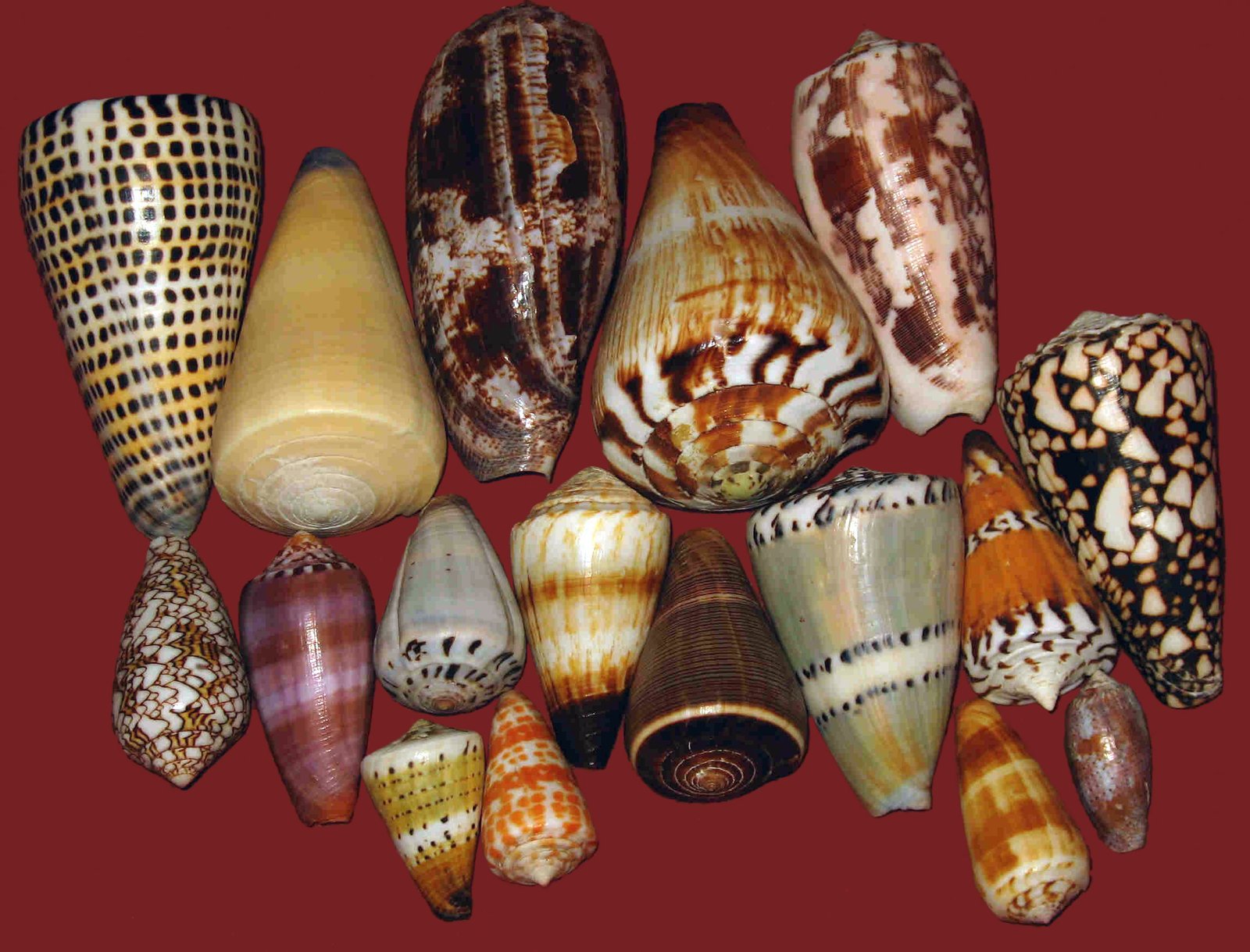
The cone snail spends much of its life buried beneath sand or nestled among coral reefs, barely moving as it waits for prey. Its patterned shell, often adorned with vibrant colors and intricate designs, serves as perfect camouflage. But beneath that artful exterior, the cone snail is anything but passive. Unlike most snails that graze on algae, cone snails are ambush predators. They lie in wait, silent and unseen, until the perfect moment arises to strike. This stealth makes them expert hunters in the bustling, competitive environment of the reef.
The Ingenious Harpoon Mechanism

What truly sets the cone snail apart is its remarkable hunting weapon—a hollow, barbed tooth that works like a miniature harpoon. Hidden in a flexible, tube-like proboscis, this harpoon can shoot out in the blink of an eye. When an unsuspecting fish or worm swims too close, the snail launches its harpoon with lightning speed, piercing the prey’s flesh. The harpoon delivers a potent dose of venom, instantly paralyzing the victim. This system is a marvel of natural engineering, blending stealth, speed, and precision in a way that seems almost mechanical.
Venom That Rivals the Deadliest Creatures
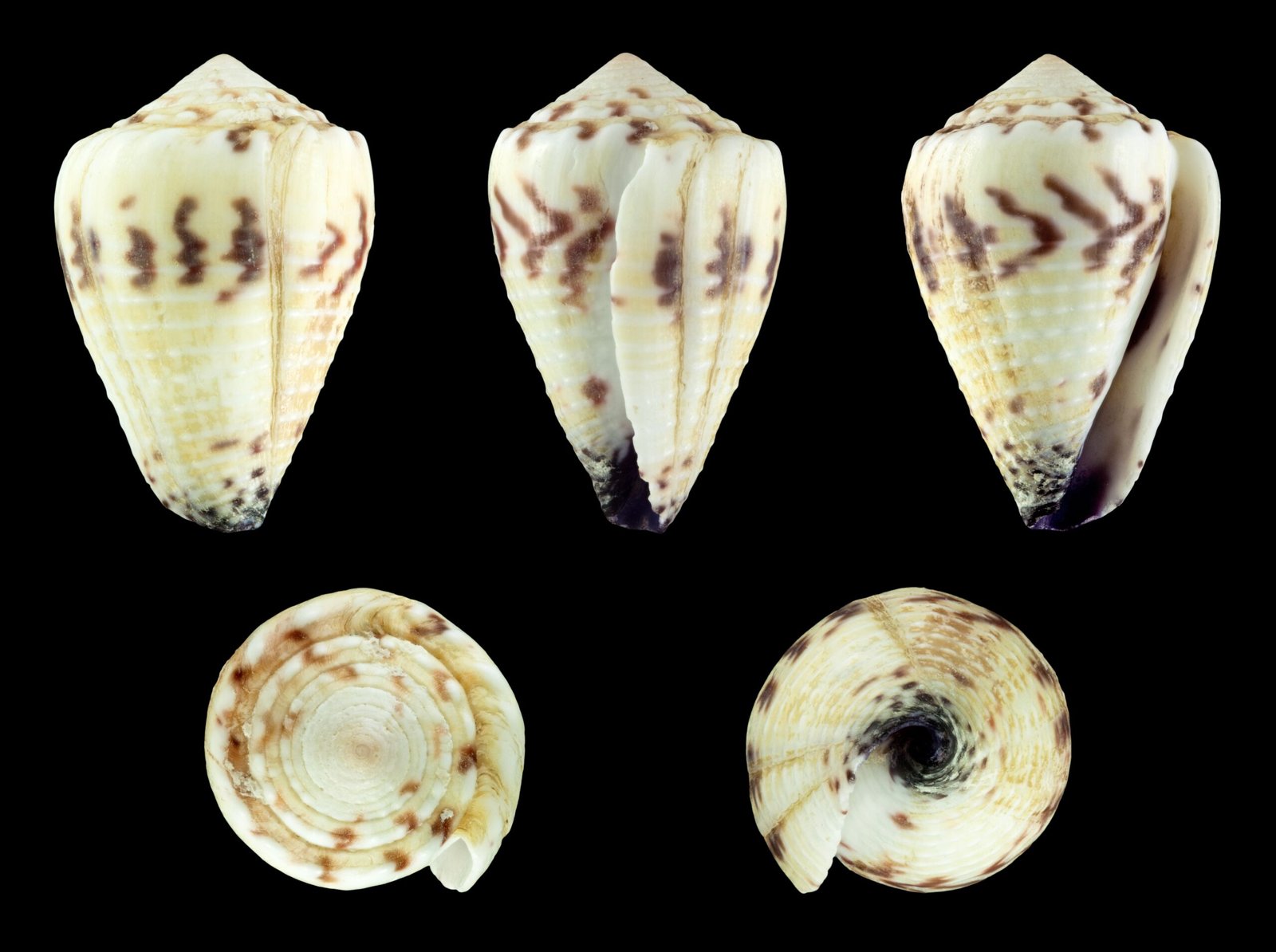
The cone snail’s venom is a cocktail of hundreds of different toxins, each with a specific function. Some toxins target nerves, shutting down movement within seconds, while others disrupt communication within the prey’s body. For humans, this venom can be deadly; a single sting from some larger cone snail species can cause paralysis or even death. Scientists have found that cone snail venom is among the most complex and potent in the animal kingdom, rivaling the bite of cobras or the sting of box jellyfish. This toxic arsenal is a testament to the snail’s evolution as a top-tier predator in its niche.
How the Cone Snail Eats Its Prey
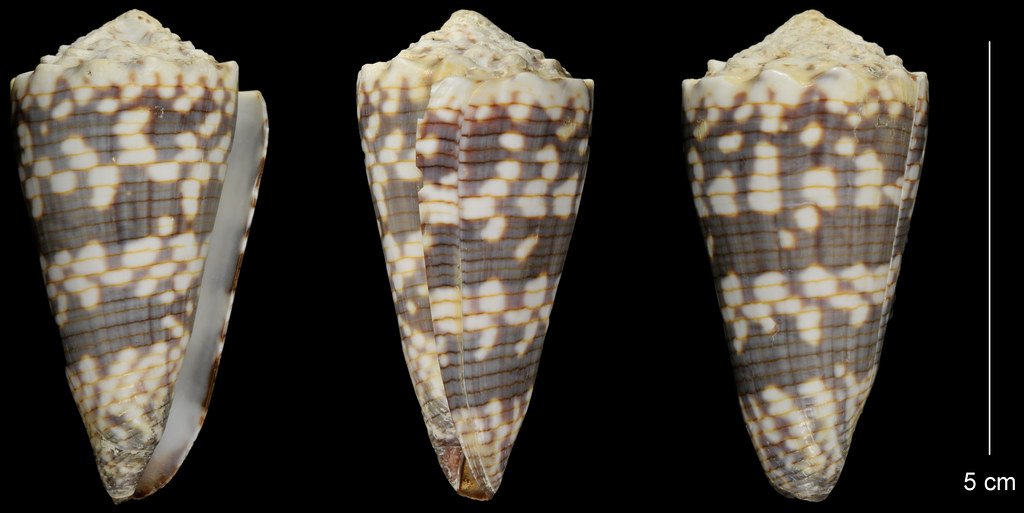
Once the venom has worked its magic, the cone snail’s meal is defenseless. The snail slowly extends its mouth to engulf the paralyzed fish whole, swallowing it headfirst. This process can take several minutes, but the snail is in no rush—its prey cannot escape. Some cone snails specialize in hunting fish, while others target worms or even other mollusks. The ability to subdue agile, quick-moving prey like fish has pushed the evolution of the cone snail’s venom and harpoon to extraordinary levels of efficiency.
Stunning Diversity in Shape and Color
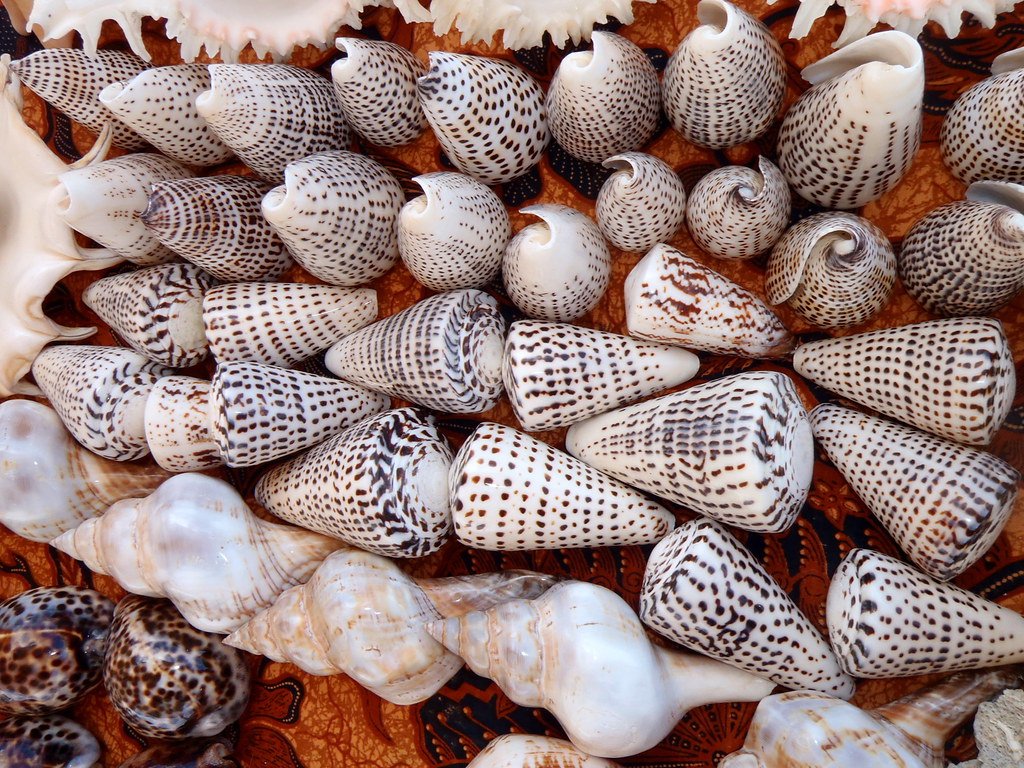
There are over 800 species of cone snails, each with its own unique shell pattern and venom formula. Some species display dazzling mosaics of orange, blue, and white, while others are more muted. Collectors around the world prize these shells for their beauty, but handling them can be dangerous. The diversity in appearance mirrors the diversity in hunting styles and toxins. Each species has adapted to its specific corner of the reef, evolving subtle differences that make them both beautiful and deadly.
Evolution’s Masterpiece of Adaptation
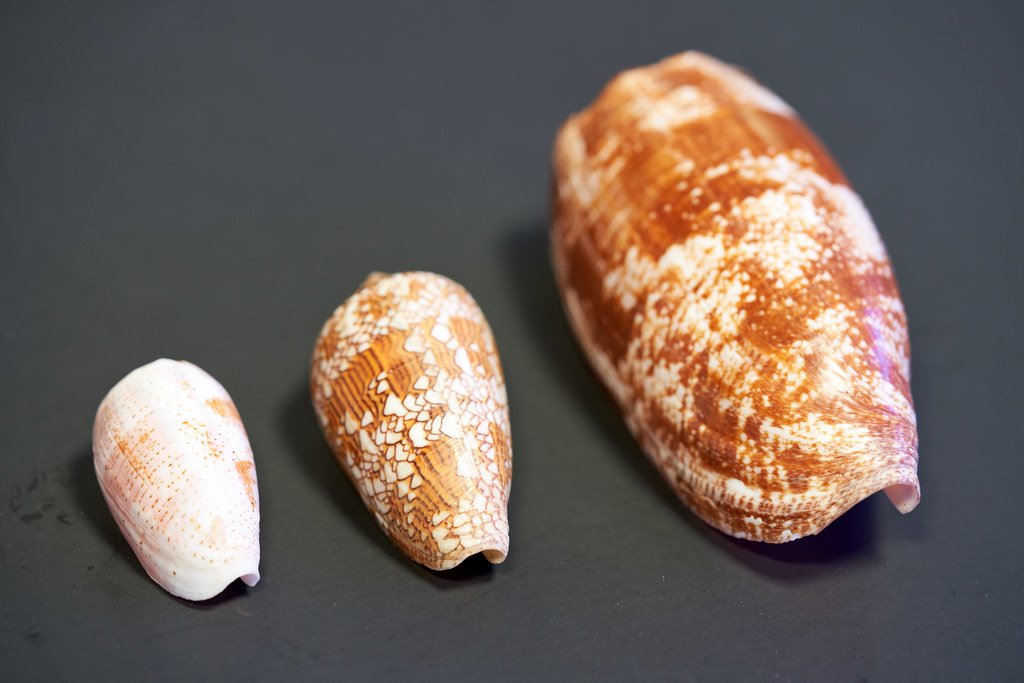
The cone snail’s combination of slow movement and deadly precision is a masterclass in evolutionary adaptation. Over millions of years, these snails have honed their weapons to outwit faster, more agile prey. Their harpoons are disposable—they can grow new ones as needed, much like sharks replace lost teeth. The venom itself evolves rapidly, allowing cone snails to adapt to changes in prey and predators. This arms race between hunter and hunted has shaped the cone snail into one of the ocean’s most efficient killers.
Human Encounters: Danger in Disguise
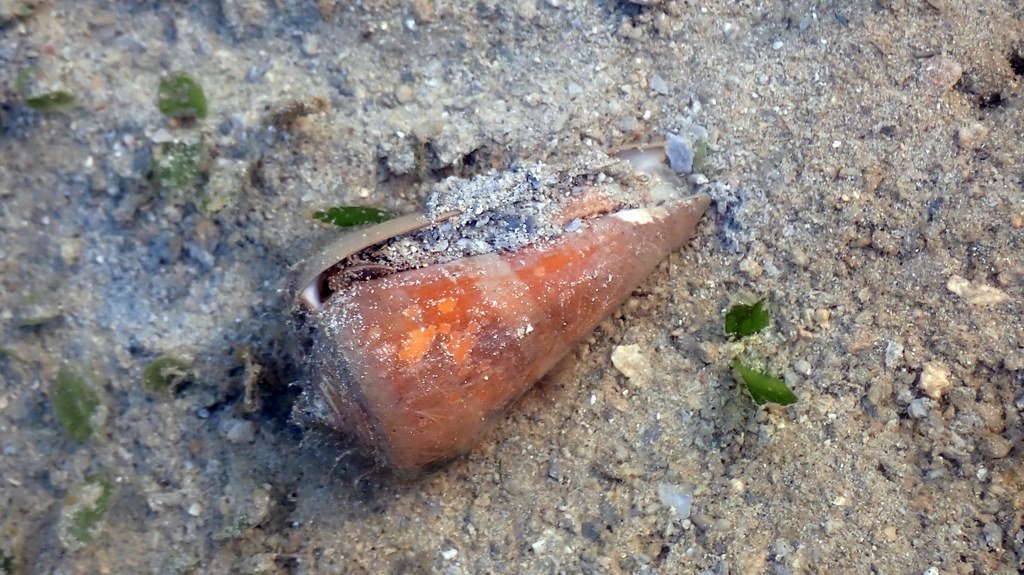
Many people are surprised to learn that these beautiful snails can pose a serious risk to humans. Swimmers and divers sometimes pick up cone snail shells, unaware of the danger lurking within. A sting can feel like a bee sting at first, but the effects can escalate quickly—numbness, muscle paralysis, and even respiratory failure in severe cases. There is no anti-venom, and treatment is mostly supportive. Awareness and caution are the best defenses against an accidental encounter with these hidden killers.
Medical Breakthroughs from Deadly Venom
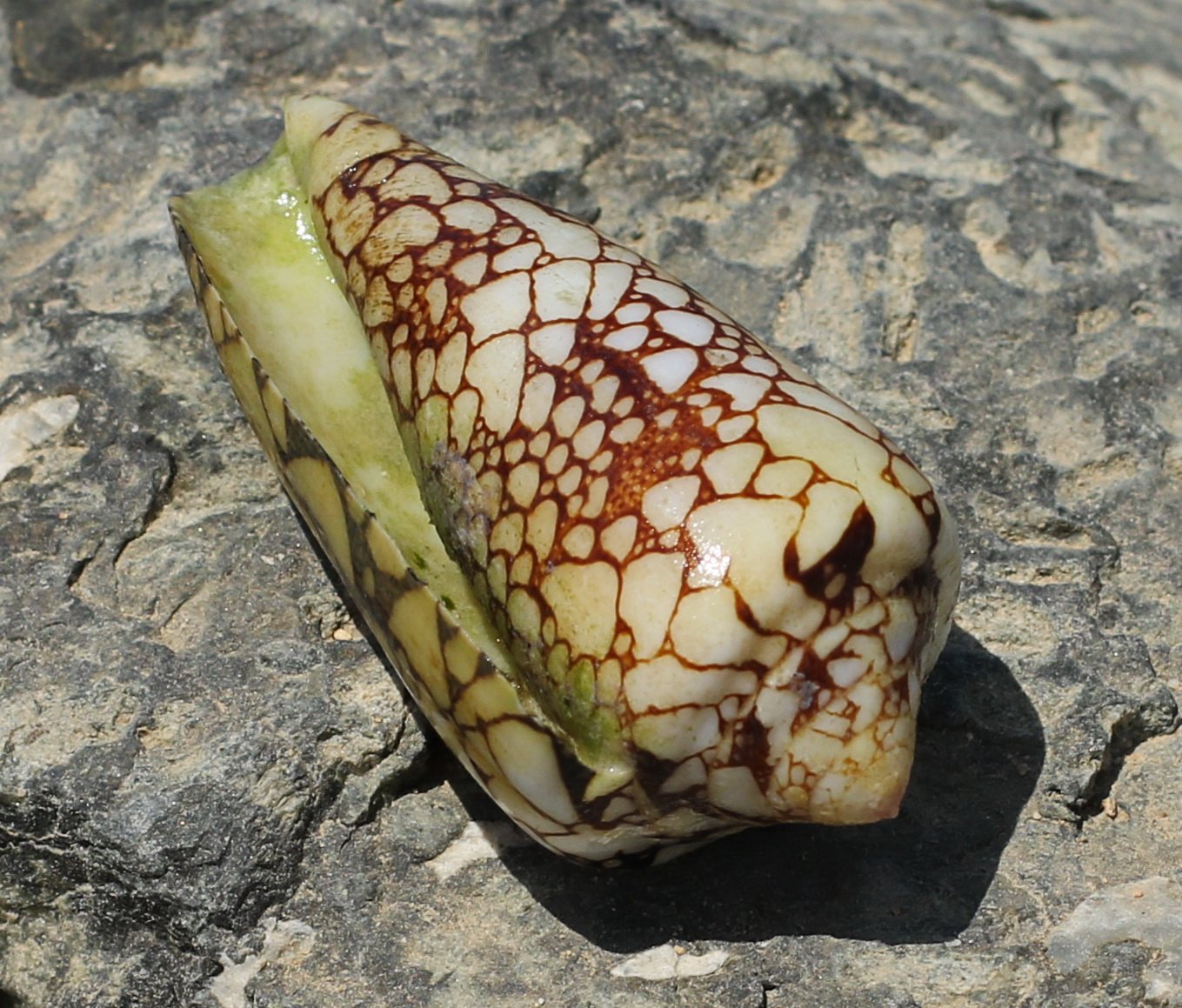
Despite their danger, cone snails may offer hope for human health. Scientists study cone snail venom to develop new medicines, especially for pain relief. Some venom components, known as “conotoxins,” have shown promise in treating chronic pain, far surpassing the effectiveness of traditional painkillers. One drug derived from cone snail venom is already used to treat severe nerve pain. Researchers are racing to unlock more secrets in this toxic treasure chest, hoping to turn a deadly weapon into a lifesaving therapy.
Conservation Concerns: Threats to a Marvel
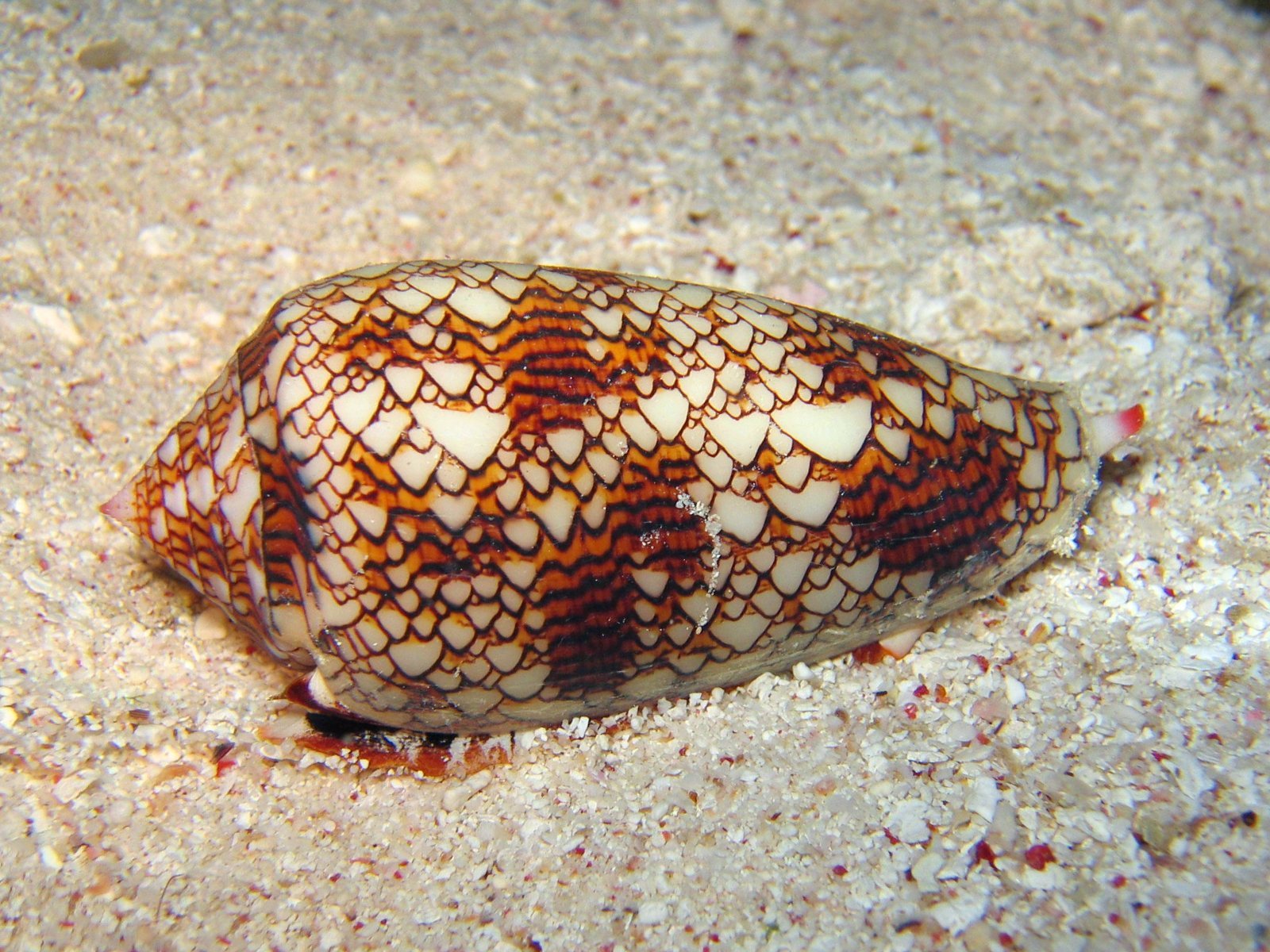
Like many marine creatures, cone snails face threats from habitat loss, pollution, and climate change. The coral reefs they call home are under siege, and the decline of these ecosystems puts cone snails at risk. Over-collection for the shell trade also threatens some species. Protecting cone snails means safeguarding the reefs they depend on, ensuring future generations can witness these fascinating hunters in their natural habitat. Their survival is tied to the health of the ocean itself.
Legends, Myths, and Fascination
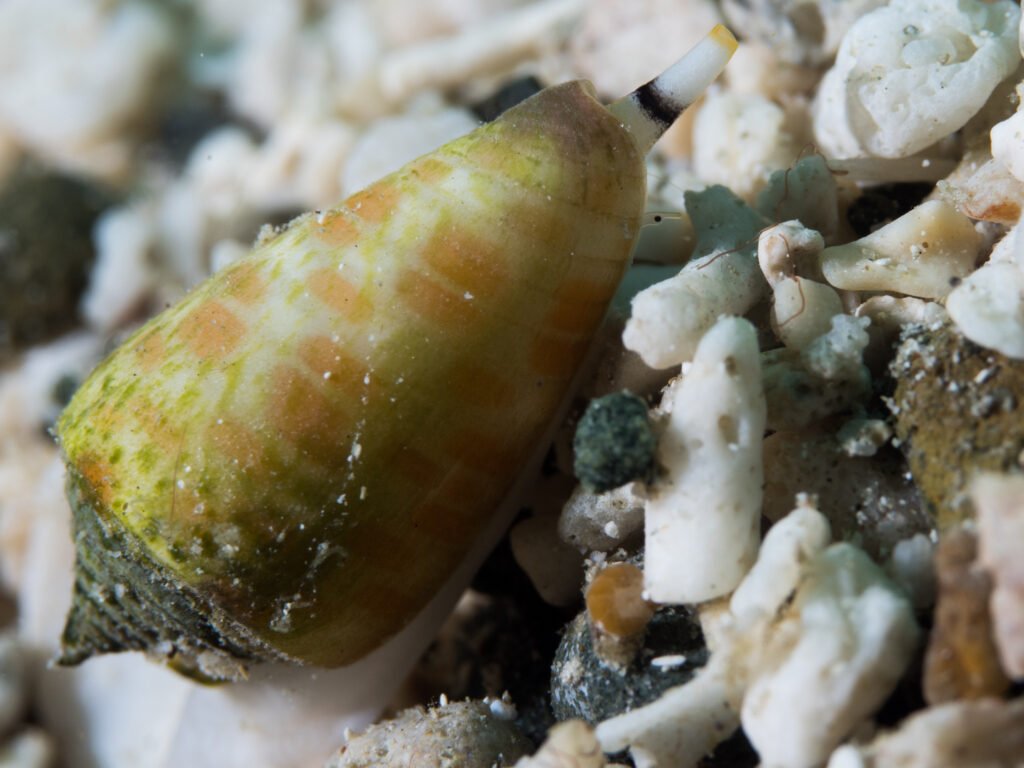
Throughout history, the cone snail has inspired awe and fear in equal measure. Ancient cultures sometimes used their shells as currency or jewelry, not always knowing the lethal secret inside. Today, their story is woven into the fabric of marine lore—a reminder that beauty can hide danger, and that the ocean is full of surprises. The cone snail stands as a symbol of nature’s creativity, blending elegance with lethality in ways that never fail to fascinate.
The next time you spot a striking shell washed up on the shore, remember the hidden world beneath its surface. The cone snail is a reminder that the most extraordinary stories in nature are often the ones we least expect. What other secrets might the ocean be hiding?


